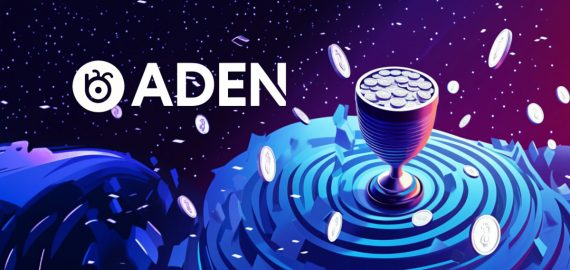Unichain Releases Withdrawal Guide, Enabling Developers To Access Bridged ETH


In Brief
Unichain releases a withdrawal guide for early developers looking to access bridged ETH, as the mainnet is not yet live and the canonical bridge has not been finalized.

Layer 2 platform developed by Uniswap Labs, Unichain released a withdrawal guide for early developers seeking to access bridged ETH.
For users who deposited ETH via the unconfirmed Unichain bridge, initiating a Layer 2 withdrawal from Layer 1 on the OP Stack involves a three-step process. First, users are encouraged to initiate the withdrawal on Layer 2, either through a Layer 1 deposit transaction or directly to Layer 2. Next, they must relay the withdrawal to Layer 1 after the withdrawal has occurred on Layer 2 and a proposer has submitted an output on Layer 1. This step can be completed up to one hour after the Layer 2 withdrawal. Finally, users must finalize the withdrawal on Layer 1, which can occur no sooner than seven days after relaying the withdrawal due to the seven-day fault challenge period inherent in the OP Stack.
Unichain has noted that while some details regarding early developer access to the Unichain mainnet have been shared publicly, the mainnet is not yet live, and the canonical bridge is still not finalized. As a result, the RPC for this developer access period has been disabled. Information on the public RPC will be shared on Unichain’s X account and the official website once it becomes available.
What Is Unichain?
Unichain, introduced last month, is a DeFi-native Ethereum Layer 2 platform designed to serve as a hub for cross-chain liquidity. At launch, it offers 1-second block times, with plans to reduce this further to 250 milliseconds in the near future. The reduced latency enhances market efficiency by increasing the frequency of arbitrage opportunities and reducing value lost to miner extractable value (MEV).
The network aims to accelerate Ethereum’s scaling efforts by shifting execution to Layer 2, resulting in transaction costs being reduced by approximately 95% initially, with further reductions anticipated over time. Although Unichain utilizes a single sequencer for operational efficiency, it introduces additional decentralization by allowing full nodes to verify blocks. Built to facilitate seamless transactions across a wide range of blockchains, it ensures liquidity is easily accessible regardless of the user’s blockchain. As part of the Superchain, Unichain will offer native interoperability, and Uniswap Labs will continue to drive the development of standards for smooth interoperability across all blockchains.
Disclaimer
In line with the Trust Project guidelines, please note that the information provided on this page is not intended to be and should not be interpreted as legal, tax, investment, financial, or any other form of advice. It is important to only invest what you can afford to lose and to seek independent financial advice if you have any doubts. For further information, we suggest referring to the terms and conditions as well as the help and support pages provided by the issuer or advertiser. MetaversePost is committed to accurate, unbiased reporting, but market conditions are subject to change without notice.
About The Author
Alisa, a dedicated journalist at the MPost, specializes in cryptocurrency, zero-knowledge proofs, investments, and the expansive realm of Web3. With a keen eye for emerging trends and technologies, she delivers comprehensive coverage to inform and engage readers in the ever-evolving landscape of digital finance.
More articles

Alisa, a dedicated journalist at the MPost, specializes in cryptocurrency, zero-knowledge proofs, investments, and the expansive realm of Web3. With a keen eye for emerging trends and technologies, she delivers comprehensive coverage to inform and engage readers in the ever-evolving landscape of digital finance.


















































